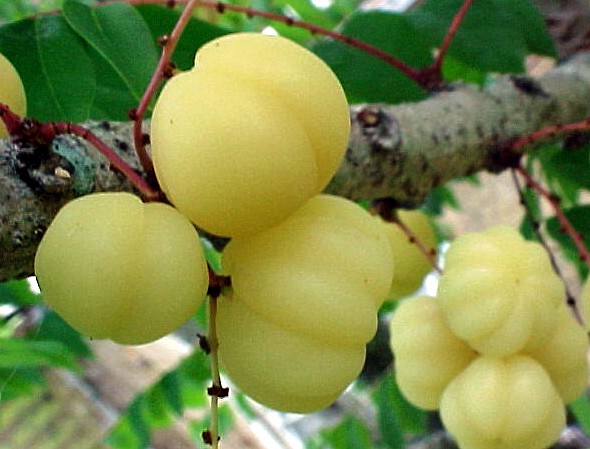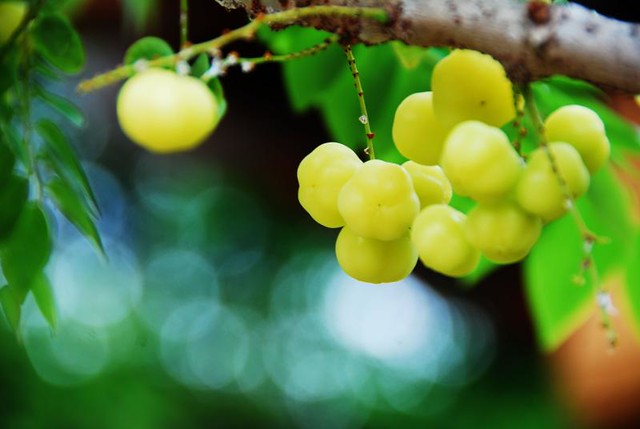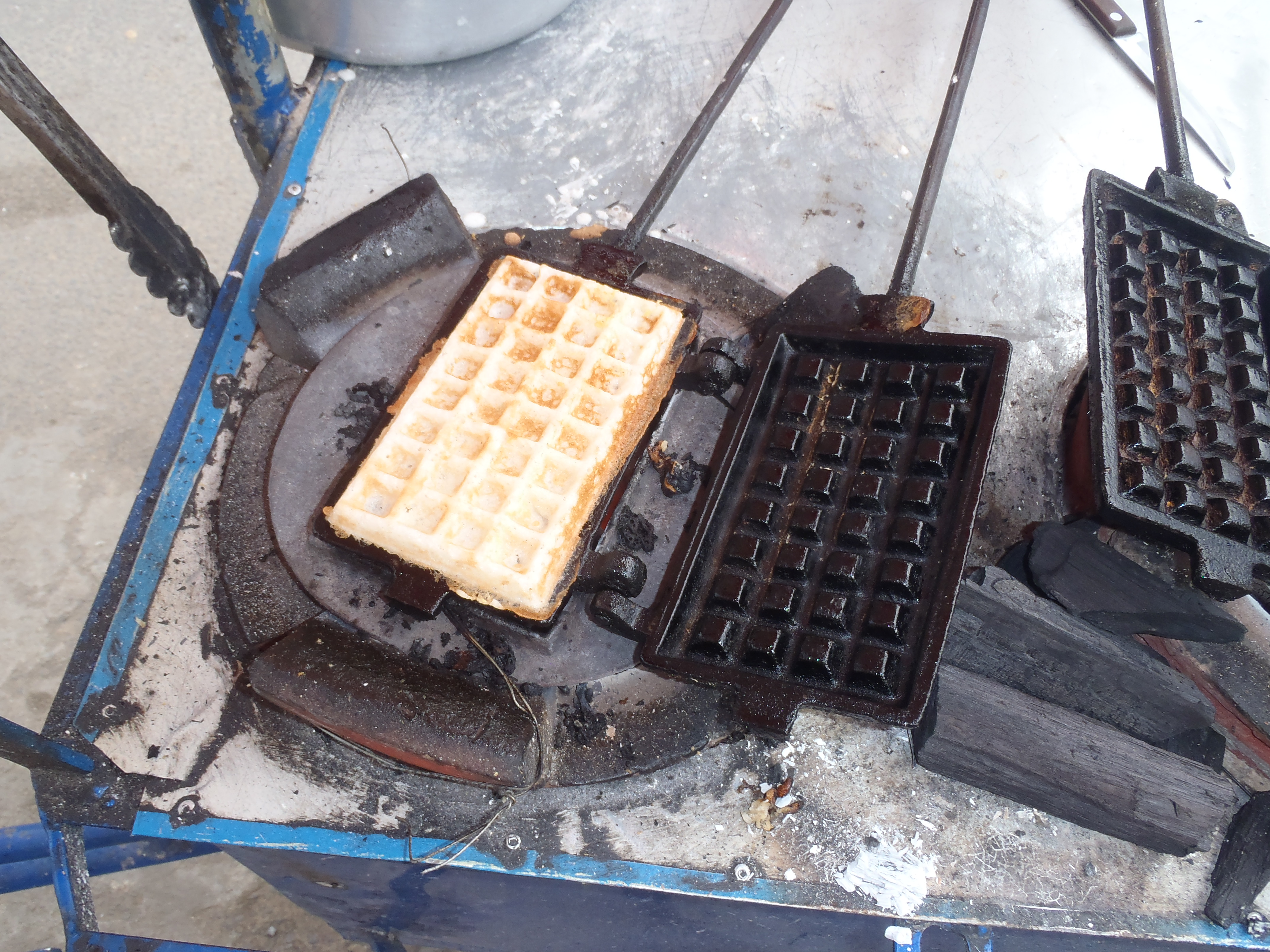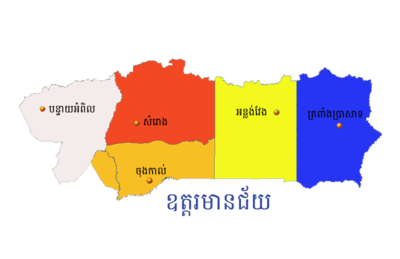Oddar Meanchey province is 6,158 square kilometers big. It's located in
the far Northwest of the country and is bordering to the North with a
lengthy borderline to Thailand, to the East with Preah Vihear, to the
West with Banteay Meanchey and Siem Reap to the South. In the North the
province consists of the re-known Dangrek Mountains, which are more or
less the hill foods of the massive mountain range (the real Dangrek
Mountains) coming from Thailand. There is a nice interesting wildlife
sanctuary called Kulen Promtep in the Southeast of the province. The
rest of the province is an agricultural used strip, where the illegal
logging of the 1980s and 1990s shows its rampant face.
The province's economy is 93% based on farming and the remaining other
7% are based on fishing and trading. Because of its border with
Thailand, the international trade is also booming and becoming another
important sector of the province's economy. There is several developing
plans from province based NGO's, the Ministry of Foreign Affairs from
Thailand and Cambodian government itself. The economy and
infrastructure of the province was sustainably destructed during the
Khmer Rouge stand and needs therefore a whole new stabile backbone.
The country has a tropical climate - warm and
humid. In the monsoon season, abundant rain allows for the cultivation
of a wide variety of crops. This year-round tropical climate makes
Cambodia ideal for developing tourism. Travelers need not to fear
natural disasters such as erupting volcanoes or earthquakes, and the
country is not directly affected by tropical storms.
Climate: Cambodia can be visited throughout the
year. However, those plans to travel extensively by road should be
avoided the last two months of the rainy season when some countryside
roads may be impassable. The average temperature is about 27°C; the
minimum temperature is about 16°C. December and January are the
coolest months, whereas the hottest is April.
General information about the provincial climate:
- Cool season: November- March (22°C -28°C)
- Hot season: March- May (27°C -35°C)
- Rainy season: May - October (24°C -32°C, with humidity up to 90%.)
How to Get There
Bus/Share Taxis
If you wish to go to Anlong Veng you best come from Siem Reap via
Major Road No 64 (distance: 142km). The time of journey vary depending
on the season between 4-6hours. The easiest transport mean is a share
taxi, which will charge you around US$4-5. Anlong Veng is also
connected by reasonable roads to the provincial capital Samraong (US$4)
in the West and Prasat Preah Vihear to the East.
Coming from Phnom Penh to Siem Reap (Bus)
Several guesthouses, travel agencies and bus companies offer daily bus
transport between Phnom Penh and Siem Reap. It is a smooth 314 km, 5-7
hours trip. The bus makes at least two stops along the way (at Skun
and Kampong Thom). All charge the same, $3.50 (14,000R) one way. The
earliest buses depart starting at 6:30AM and that last buses between
noon and 1PM.
Phnom Penh bus station near the southwest corner of Phsar Thmey
(Central Market). Coming from Phnom Penh to Siem Reap: (Share Taxis)
Local shared taxi: 25,000 riel per person. Departs from southwest
corner of Central Market in Phnom Penh. 5-8 hours Private taxi:
US$38-$45 for the whole car. 5-6 hours. Due to rising fuel costs, prices
are in flux.
Motorbike Info to Anlong Veng
The road to Siem Reap is in good condition, but driving in Cambodia
is still challenging in the extreme, and should be attempted only by
experienced riders. Speeding taxis, slow cows, and oblivious children
are the norm. The trip calls for a dirt or road bike, no smaller than
250cc. It can be made in a day, but two days with a layover in Kampong
Thom is a more relaxed alternative and allows time to visit the
pre-Angkor ruins of Sambor Prei Kuk. Leave Phnom Penh via the Japanese
Bridge and follow National Highway No 6, 75km to the North. You'll
reach the Skun intersection (Skun is known for its exotic foods - check
out the fried spiders, turtle eggs and more at roadside stands.), where
you have to turn left and follow NH 6 to Kampong Thom - about 2-3
hours.
From Kampong Thom to Siem Reap the trip takes another 2 hours. From
there you’ll have to search the Major Road 64 to Anlong Veng. This will
take you another 6h on bumpy unpaved dirt roads through monotonous dry
forest changing sometimes to jungle sections. Going to Samraong:
(Share Taxis/Pick Up/Motorbike) Heading west on the NH 6 from Siem Reap
you'll reach an intersection after 51km. Turn right and you enter
after some 100m a small town called Kralanh (US$1.5 from Siem Reap or
Sisophon). From here you take another pick up or share taxi to the
North on laterit-paved and bumpy Minor Road 68 (US$2-3, 2-3hours,
65km). Sometimes you can find early taxis leaving to Samraong from Siem
Reap (US$4-5).
Additionally, there is a pile of tires
in the forest that is thought to be the funeral pyre and burial site of
Pol Pot, the leader of Khmer Rouge. Visitors who stop in
Oddar Meanchey often make the visit to Anlong Veng to see and photograph the sites associated with the former regime.
The Cambodian-Thai border check point of
Ou Smach is about 41km from the provincial town. At the border, there
are restaurants, casinos and hotels.
 Num Poum is one of the simple Khmer desserts. It is easy to make and
tasty. It’s not hard to find ingredient but we must need a waffle iron
to make it. Num Poun always serve with the cheap price. The best way to
serve when it hot.
Num Poum is one of the simple Khmer desserts. It is easy to make and
tasty. It’s not hard to find ingredient but we must need a waffle iron
to make it. Num Poun always serve with the cheap price. The best way to
serve when it hot.











